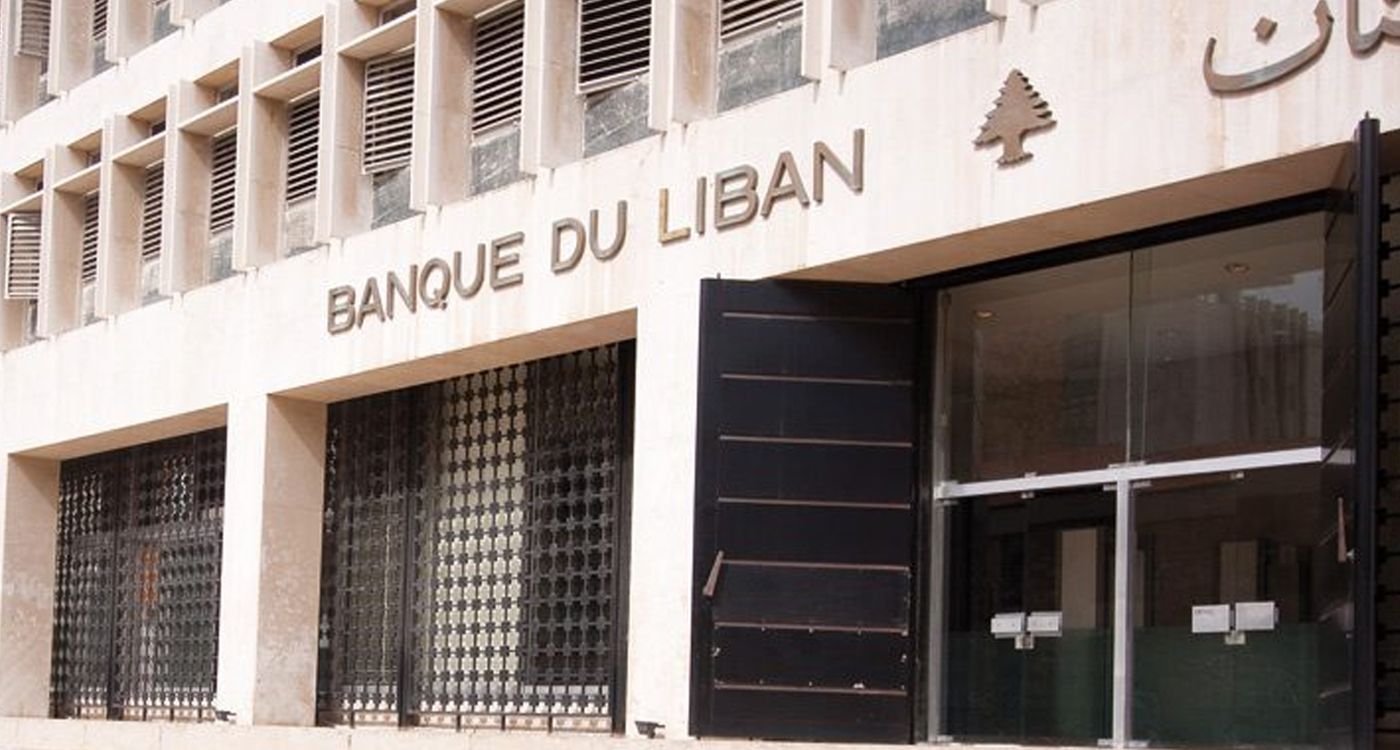
In a highly anticipated move, Lebanon’s Central Bank (BDL) announced on Wednesday an increase in the withdrawal limits for Circulars 158 and 166, raising them to $500 and $250 per month, respectively, effective March 1. While the decision was welcomed by depositors, it has sparked concerns over its cost and potential impact on BDL’s reserves and the broader economy.
Economist Antoine Farah told Leb Economy that the estimated annual cost of the circulars before this increase was approximately $1.3 billion. With the new limits, this cost could rise to between $1.5 and $1.6 billion. Farah explained that this amount is equally shared between commercial banks and BDL, drawn from mandatory reserve funds.
He also emphasized that while there are no precise figures on the total cost of the circulars related to bank withdrawals issued in recent years, it is clear that the amount has exceeded $2 billion. The economist explained that last year, BDL financed the amounts associated with these circulars from its “free” reserves, rather than its mandatory reserves, a decision that could spark significant debate going forward. Indeed, if BDL were to categorize these payments as originating from mandatory reserves, it would lead to a reduction in the total reserves.
This situation underscores a key dispute: BDL maintains that mandatory reserves should be set at $8 billion, with any surplus considered “free” reserves that it has accumulated and, therefore, should count as part of mandatory reserves.
In contrast, the banks argue that the figure should be $14 billion, based on total deposits estimated at around $90 billion. They justify this by advocating for mandatory reserves to be set at 14% of that total.
When asked about the impact of the increased withdrawal limits on the economy, the economist explained that it would primarily affect public consumption. As government spending rises, it stimulates economic activity. Likewise, higher private sector incomes, combined with increased spending, will drive economic growth. Consequently, the increased purchasing power of certain groups, currently benefiting from Circulars 158 and 166, will provide a much-needed boost to the national economy, supporting the recovery of economic activity.
Regarding the impact on BDL’s reserves, Farah noted that the Central Bank successfully increased its reserves last year. Although the circulars reduce reserves, BDL has successfully reclaimed these dollars from the market, thanks to enhanced stability and the early restoration of confidence. This is evident in the increase in mandatory reserves, despite the expanded pool of beneficiaries under Circular 166. He also confirmed that assurances have been given regarding future increases in payments.





Comments